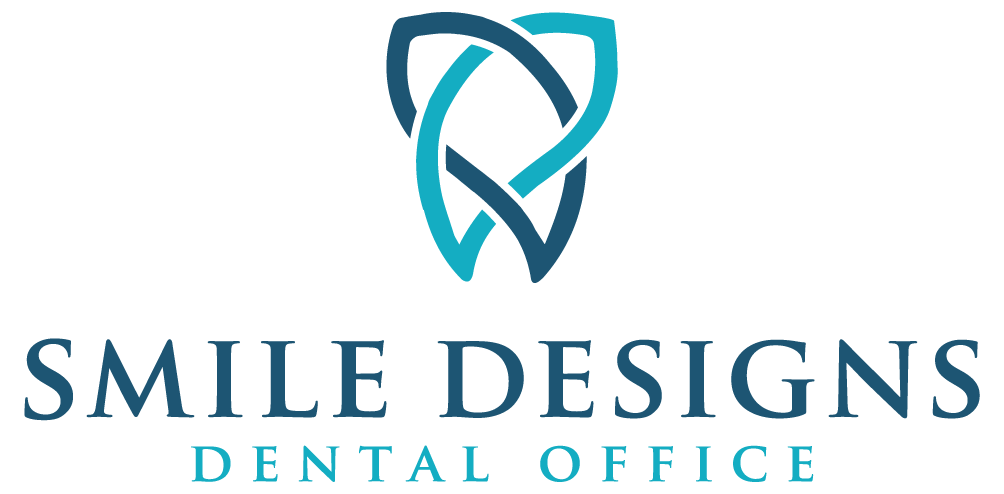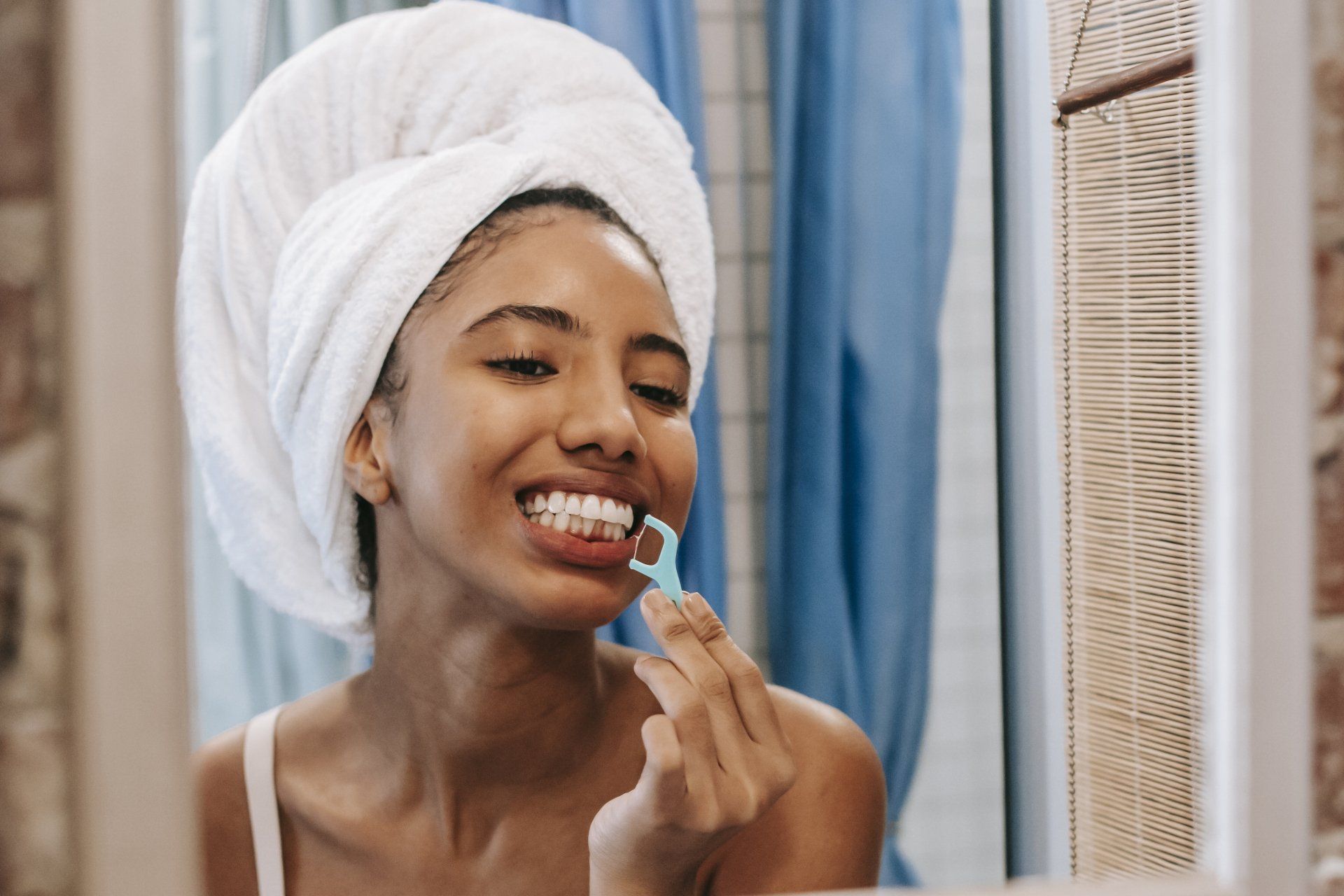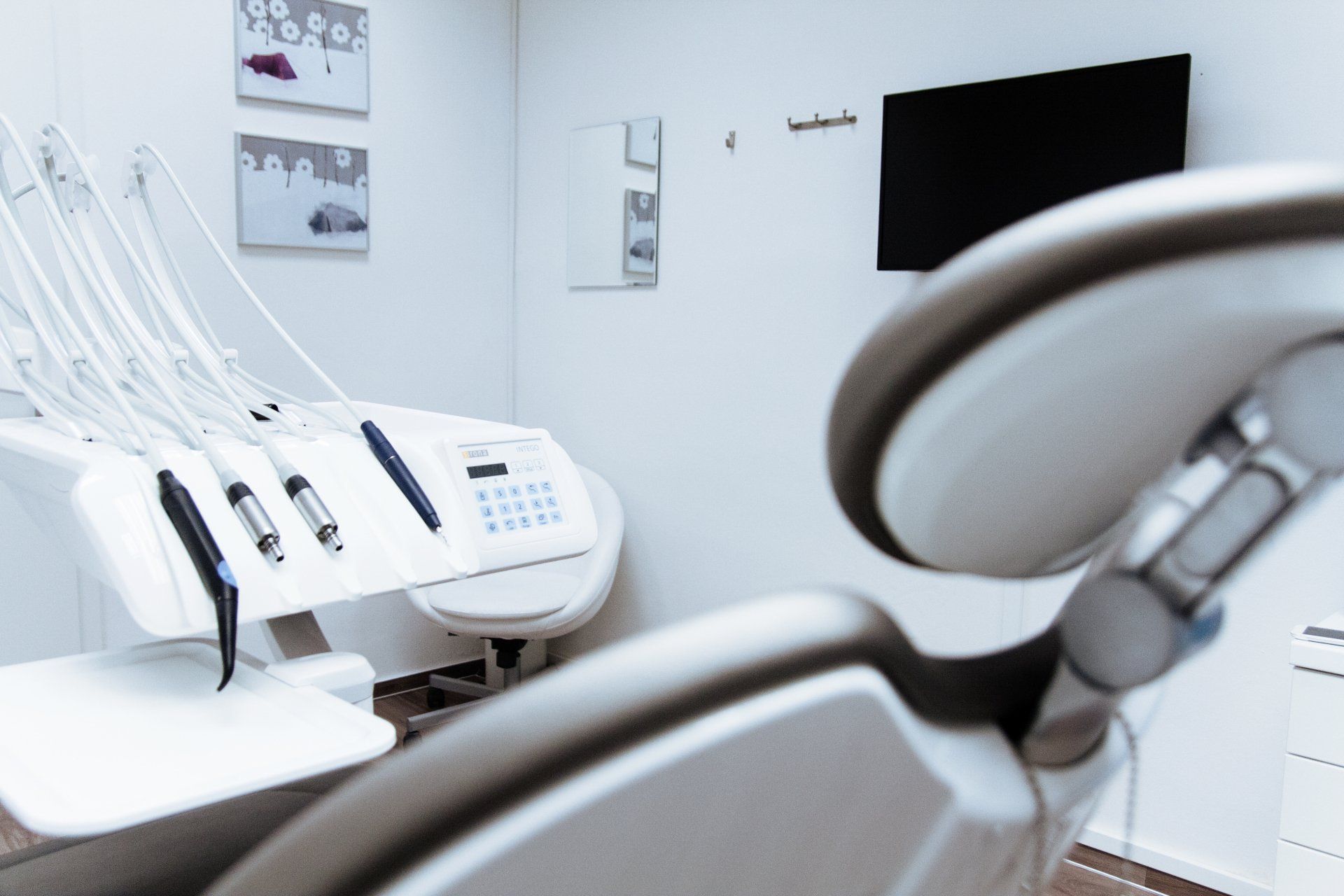Myth #1: Flossing is not necessary
Contradicting popular belief, flossing is an essential step in any oral health care routine.
By brushing alone, up to a third of the surfaces of your teeth may remain unclean.
Flossing helps to remove any food particles or bacteria that are stuck between the teeth, which minimizes buildup on the teeth and reduces the risk of cavities.
Doing so also increases circulation around the gums and flushes out any bacteria that can cause gum disease if left unattended over time.
Flossing once a day can have a positive impact on oral health and will make you feel much fresher!





